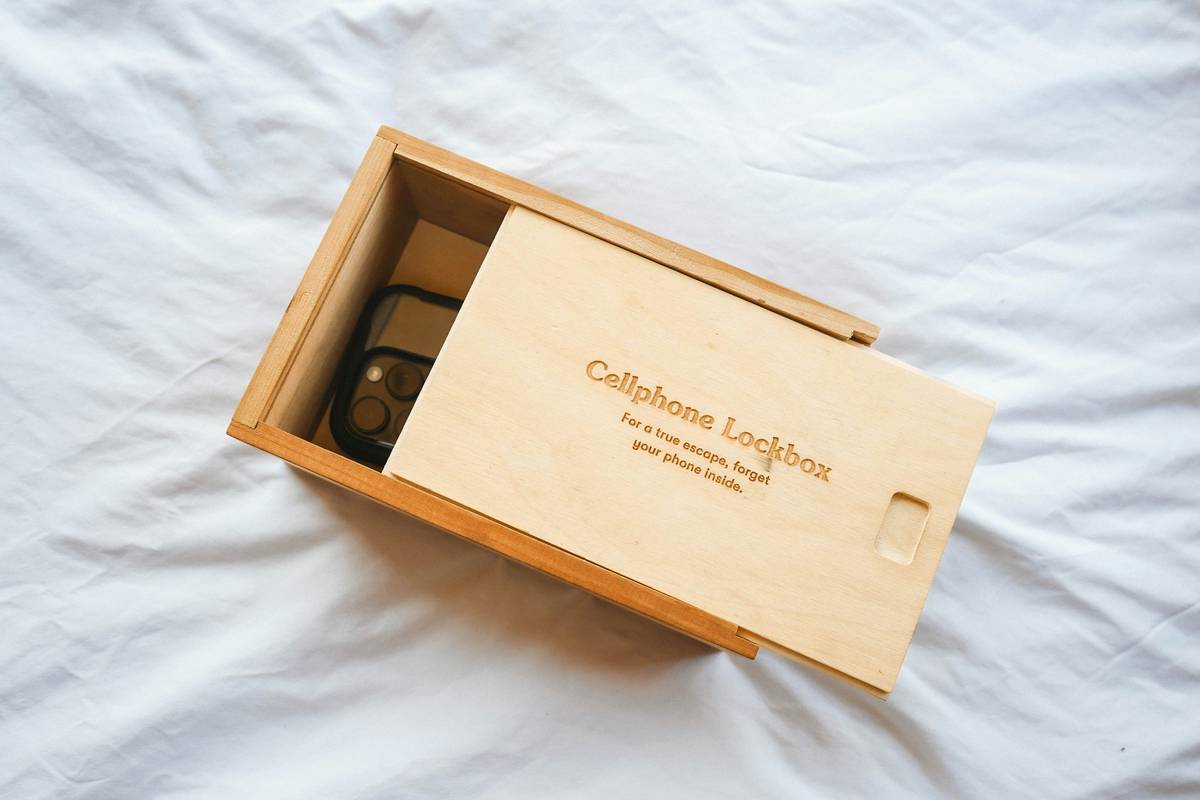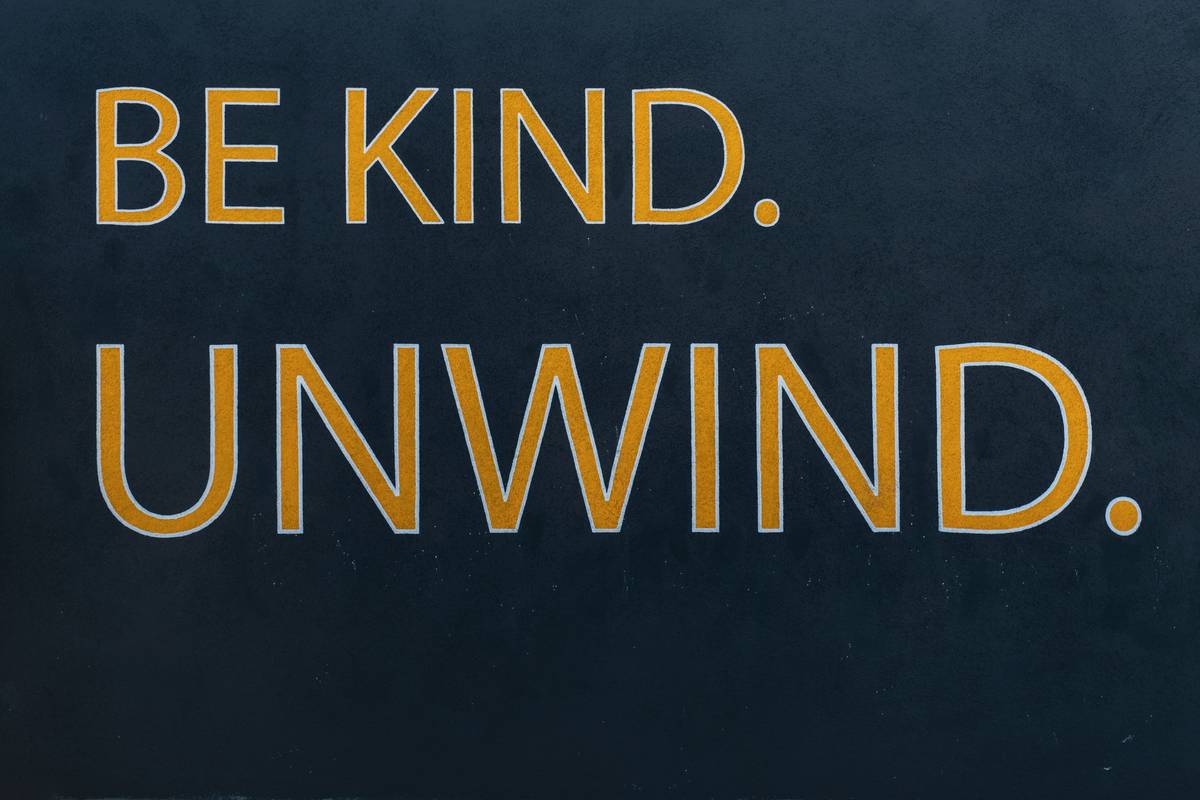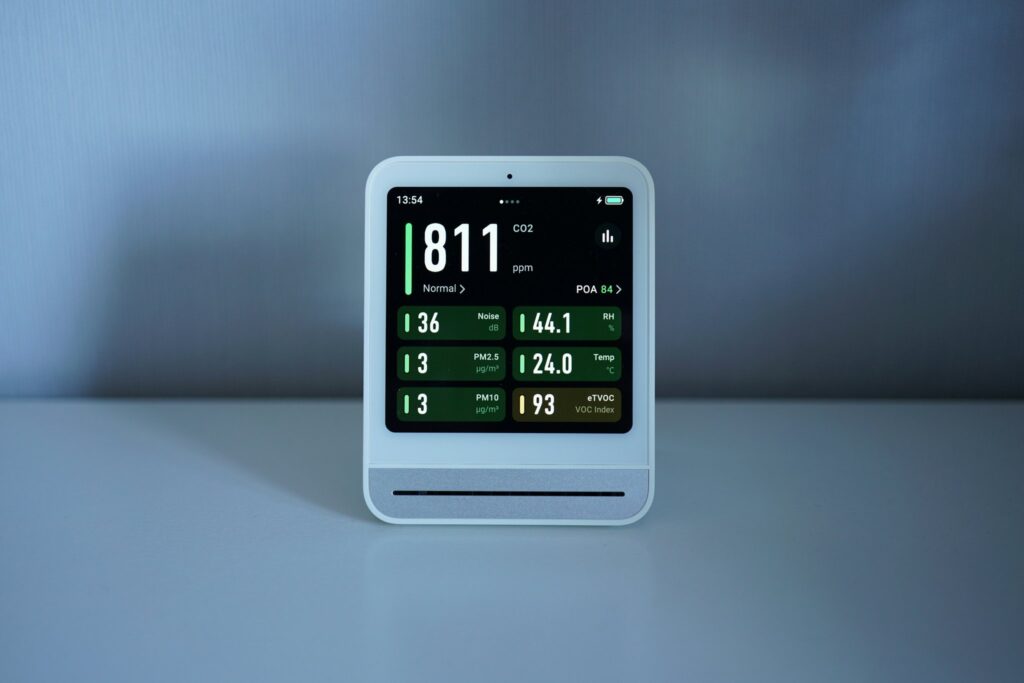Ever felt like your brain is a browser with 57 tabs open, and none of them are useful? Yeah, we’ve all been there. That overwhelming sense of mental clutter. But what if I told you there’s a solution—a “personal chill box” in the form of stress management apps that can bring calm back into your life? Intrigued? You should be.
In this blog post, we’ll explore how stress management apps work as your very own personal chill box to declutter your mind, provide actionable steps to set one up, share tips for maximizing its benefits, and give real-life examples of people who’ve transformed their lives using these tools. Let’s dive in!
Table of Contents
- Key Takeaways
- Section 1: Understanding Your Stress (And Why You Need a Personal Chill Box)
- Section 2: Setting Up Your Personal Chill Box
- Section 3: Best Practices for Using Stress Management Apps
- Section 4: Real-Life Success Stories
- Section 5: FAQs About Stress Management Apps
- Conclusion
Key Takeaways
- A “personal chill box” refers to curated stress management strategies powered by apps designed to reduce anxiety and promote mental wellness.
- Stress management apps offer features such as guided meditations, breathing exercises, journaling prompts, and sleep soundscapes.
- Crafting your personal chill box involves selecting the right app(s), customizing settings, and integrating them into your daily routine.
- With consistency and proper use, these apps can significantly improve focus, relaxation, and overall emotional resilience.
Section 1: Understanding Your Stress (And Why You Need a Personal Chill Box)
Optimist You: “I’ve got this under control!”
Grumpy You: “If I hear ‘take a deep breath’ one more time, I’m throwing my phone out the window.”
We get it—stress isn’t fun. And here’s a shocking stat: according to the American Psychological Association (APA), nearly 80% of workers experience workplace-related stress. Add family obligations, global chaos, and TikTok algorithms intentionally stealing your attention, and suddenly your head feels like a crowded subway car during rush hour.
But let me tell you something even more jarring: when was the last time you gave yourself permission to truly relax without guilt? If your answer includes phrases like “when dinosaurs roamed the Earth,” it’s time for an intervention. Enter the concept of a personal chill box—a virtual safe haven where you stash away mindfulness techniques, soothing sounds, and quick coping mechanisms tailored just for YOU.

Section 2: Setting Up Your Personal Chill Box
Step 1: Finding the Right App(s)
No two brains are alike, so why would you settle for a generic stress management app? Here’s how to find the perfect match:
- Look for apps specializing in meditation and mindfulness, like Headspace or Calm.
- If journaling floats your boat, try Day One or Moodpath.
- For hardcore data nerds, opt for tracking-focused apps like Oura Ring integration.
Step 2: Customization Is Key
This is where things get spicy. Treat your personal chill box like your favorite burrito—you’re piling on only the ingredients that make YOU feel good. Most apps allow you to tweak notifications, customize playlists, and create routines based on your schedule.
Pro Tip: Start small. Commit to five minutes a day before scaling up. Remember, progress over perfection.
Step 3: Building It Into Your Routine
Here’s where things often go sideways: downloading the app but forgetting about it after three days. Ugh. To avoid this classic fail:
- Add reminders during low-stakes times (like brushing your teeth).
- Combine activities—for instance, listen to calming music while commuting.
- Reward yourself for sticking to the habit. Hellooo, self-care Sunday treats.

Section 3: Best Practices for Using Stress Management Apps
- Use It Daily: Consistency breeds results. Even five minutes counts.
- Don’t Overdo It: Contrary to popular belief, binge-meditating doesn’t make you enlightened—it makes you sleepy.
- Experiment Freely: Not vibing with yoga flows? Try ASMR rain sounds instead.
- Talk About It: Accountability partners > solo struggles every day.
Terrible Tip Alert: Don’t rely solely on stress management apps for major issues like clinical depression or severe anxiety disorders. While they’re great tools, they’re not substitutes for professional therapy. Just saying.
Section 4: Real-Life Success Stories
Meet Sarah, a marketing manager drowning in deadlines until she discovered her personal chill box via the Calm app. She started each morning with ten mindful breaths and ended her nights with sleep stories narrated by Matthew McConaughey. Within weeks, she noticed fewer stress headaches and clearer thinking at work.
Then there’s Jake, a college student juggling exams and part-time jobs. He downloaded Moodpath, journaled his thoughts daily, and tracked his moods over months. The result? Improved grades AND zero caffeine-induced meltdowns.

Section 5: FAQs About Stress Management Apps
Are These Apps Free?
Most come with free trials, but premium versions unlock advanced content. Worth it if you’re serious about chilling.
How Long Until I See Results?
Depending on usage frequency, some users report feeling calmer within days; long-term habits take weeks or months.
Will This Work If I Hate Meditation?
Yes! There’s more than just meditation—try puzzles, music therapy, or nature sounds.
Conclusion
Your personal chill box awaits. With the right stress management apps, you’ll transform overwhelm into empowerment and exhaustion into energy. Sounds too good to be true? Trust us—it’s worth it.
Like a Tamagotchi, your mind needs daily care. Feed it positivity, water it with mindfulness, and watch it thrive.


